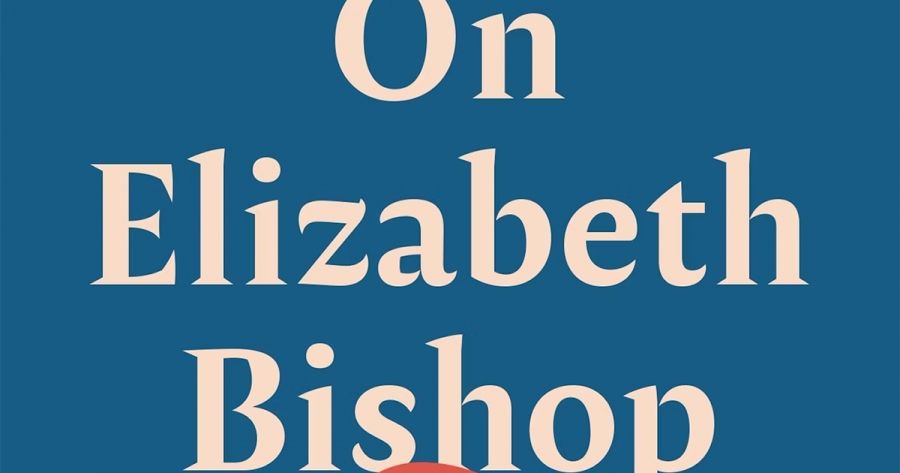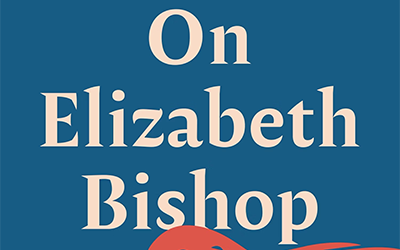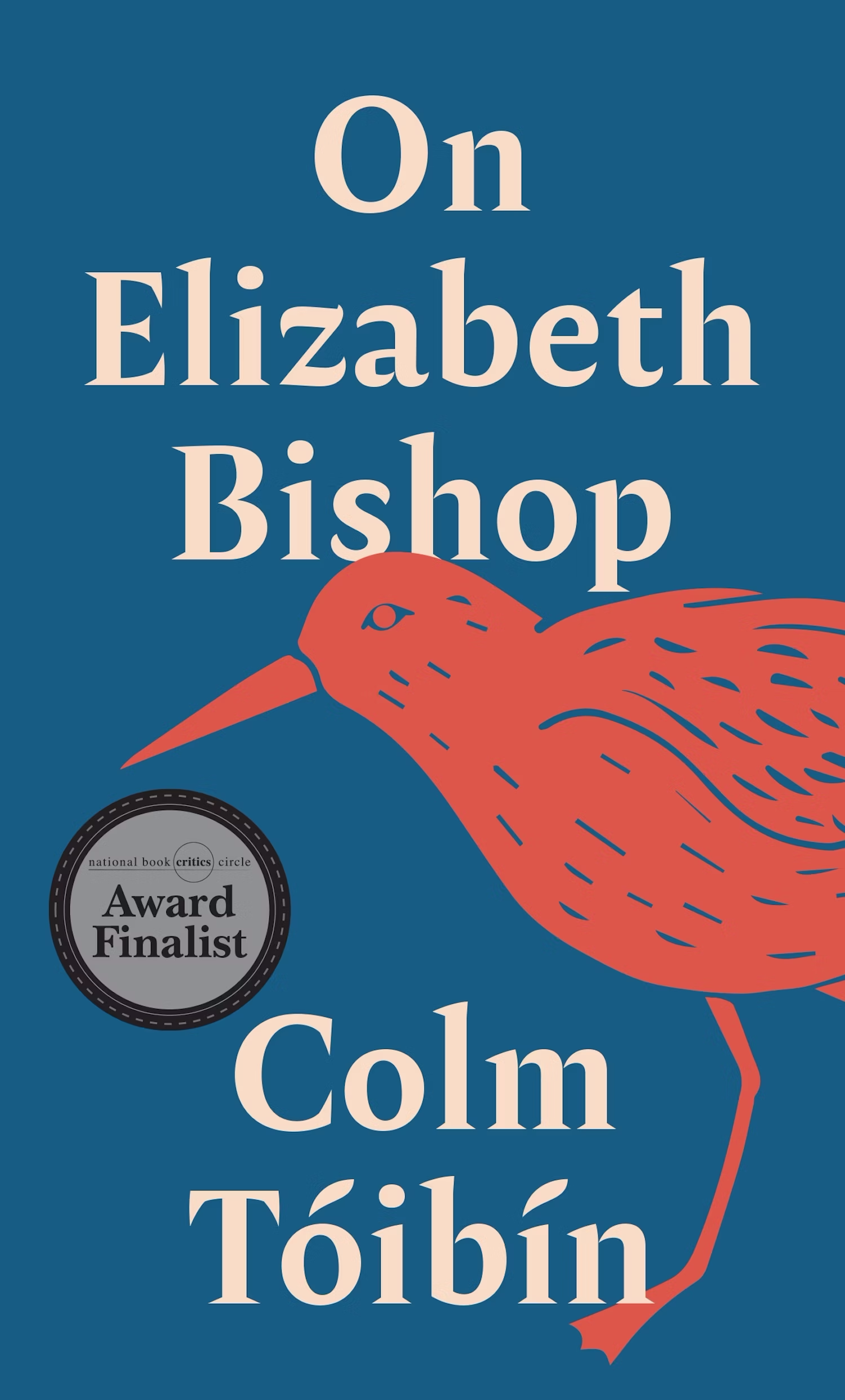
- Free Article: No
- Contents Category: Literary Studies
- Review Article: Yes
- Article Title: The art of losing
- Article Subtitle: Elizabeth Bishop’s cult of exactitude
- Online Only: No
- Custom Highlight Text:
What is truth in poetry? This unanswerable question is central to Colm Tóibín’s meticulous and attentive reading of American poet Elizabeth Bishop’s poetry. First published in 2015, its thirteen chapters examine her poetry and its relationship to her life through an overarching lens of telling the truth in poetry, the power of the unsaid, and the impact of this on Tóibín’s own writing.
- Featured Image (400px * 250px):

- Alt Tag (Featured Image): Felicity Plunkett reviews ‘On Elizabeth Bishop’ by Colm Tóibín
- Book 1 Title: On Elizabeth Bishop
- Book 1 Biblio: Princeton University Press, $34.99 pb, 210 pp
- Book 1 Cover Small (400 x 600):

- Book 1 Cover (800 x 1200):

- Book 1 Readings Link: https://www.readings.com.au/product/9780691271040/on-elizabeth-bishop--colm-toibin--2025--9780691271040#rac:jokjjzr6ly9m
Truth was an idea Bishop returned to. She quipped in a letter to her close friend poet Robert Lowell about her ‘George-Washington-handicap’: ‘I can’t tell a lie even for art, apparently.’ The context was a discussion about whether the town of Maine in his poem ‘Water’ was a ‘fishing town’ (as his draft has it) or a ‘lobster town’. This is a matter of precision, connected to Bishop’s concern with what it means for a poem to be truthful.
Her definition of truth does not align entirely with Tóibín’s. The relationship between her poems and her life is, arguably, the very nexus Bishop’s body of work troubles and questions. She professed, no doubt archly, to believe in closets, as she put it in an interview: ‘closets, closets and more closets’, asking ‘Can one ever have enough defences?’ The word implies the privacy she maintained about her lesbianism, which her published work deals with only implicitly, but confronts the question of how much of a poet’s life needs to be described.
Tóibín, the celebrated Irish writer of fiction, criticism, plays, and the poetry collection Vinegar Hill (2022), writes that Bishop ‘began with the idea that little is known and that much is puzzling’. Concentration and faithful observation are her methods, he argues, while the observing self is effaced. This might also be a description of his critical approach, especially in the early chapters. Hovering in the shadows is a reader as ‘tactful and watchful’ as the poet he imagines.
This tactful, watchful self in Bishop’s poems, he writes, gives her poetry a sense of ‘things that had been said, but had now been erased, or moved into the shadows’. The power of what lies in the shadows, unsaid, and the way its trace haunts and compels her poems, are part of Tóibín’s thesis. He describes a ‘tone of impersonality, of passive description, of an immense and powerful withholding’ in Bishop’s work. At times, Tóibín ascribes this erasure to avoidance, seeing her poems’ descriptiveness as ‘a desperate way of avoiding self-description’ and arguing that ‘[t]he self in Bishop’s poems was too fragile to be violated by much mentioning’.
Surely the ‘immense and powerful withholding’ is more conscious than a flinching, self-protective evasion, regardless of the shattering losses Bishop experienced. As she wrote in a letter to poet and biographer Anne Stevenson: ‘Although I think I have a prize “unhappy childhood”, almost good enough for the text-books – please don’t think I dote on it.’
In ‘A Short, Slow Life’, Bishop depicts a family living comfortably ‘in a pocket of Time’, until the hand of Time roughly ‘reached in, / and tumbled us out’. Bishop’s father died when she was an infant. Her mother was incarcerated in a mental asylum when she was five; Bishop never saw her again. Of going to live with her father’s parents, people she did not know, she wrote in ‘The Country Mouse’: ‘I felt as if I were being kidnapped.’
After setting up his argument, Tóibín arrives at ‘The Art of Losing’, a chapter whose title comes from Bishop’s magnificent poem ‘One Art’ (‘the one and only villanelle of my life. It is very SAD’, she wrote to the lucky New Yorker editor she sent it to). Its refrain and opening line is: ‘The art of losing isn’t hard to master.’ Losing some things, it begins, ‘is no disaster’, but its catalogue of losses builds. You can practise ‘losing farther, losing faster’, and the poem’s opening assertion holds to the end – by a thread – that ‘it’s evident’
the art of losing’s not too hard to master
though it may look like (Write it!) like disaster.
Disaster has – and is – the poem’s last word, and some part of the poet forces another part to keep up the refrain, even as the syntax undermines it. While Bishop alludes to some of her own losses, others are not listed directly. For me ‘losing farther’ draws in her first loss, if only as an echo, and disaster, repeated four times, is never entirely softened by the negation surrounding it (‘no disaster’, ‘it wasn’t a disaster’). The poem’s intimacy lies in struggle with loss no act of will can ‘master’.
Tóibín argues that Bishop is ‘playing a game between the deeply confessional and what remained ironic, withheld, refused, unmentionable, what she would not, in fact, write’, and that the poem’s tone depends on ‘the tension between jokiness and self-pity’. His word ‘game’ points to the poem’s ludic aspect, one that for me only accentuates its tenderness. I am not sure that self-pity plays a part in this wry, wise poem.
Until this chapter, Tóibín has kept himself modestly in the shadows. Now he draws into the light his own discovery of poetry. He ‘came from a house where Time’s hand had also reached in’. He arrived home from school one day to be told his father must have an operation. For months, staying with an aunt a long way from home, he neither saw nor heard anything about his parents. Later, he and his father returned home, his father with ‘an enormous gash’ on the side of his head after a brain operation. Within years, his father died.
Tóibín developed a stammer, and ‘a close relationship with silence, with things withheld, things known and not said’. From here, he discovered poetry – first W.B. Yeats, then whatever he could find, which soon included poems by Thom Gunn and Sylvia Plath. Through Robert Lowell he discovered Bishop. He immediately felt affinity with ‘a tone that avoided easy or obvious drama’, a concealing or masking of feeling.
Tóibín goes on to explore Bishop and Gunn, a pairing that derives from his reading rather than from any closeness between them. Examining her close relationship with Lowell, which their extensive correspondence maps, helps Tóibín to think about the ways Bishop’s work skirted the confessional poetics Lowell’s Life Studies (1959) was seen as initiating. Michael Hofmann marvellously describes the letters as ‘like an arm writing to a leg’.
Confessional poetry, all the rage after Life Studies, is implicit in much of what Gunn, Lowell, and Tóibín discuss. Gunn’s comment ‘I don’t want to be Sylvia Plath. The last person I want to be’ overlooks the fact that Plath, too, worked to transpose and manipulate the raw material of her own life. Poems must be more than ‘shut box mirror-looking narcissism’, she remarked.
Bishop’s poetics is not one of shying-away, but a placement of self in the shadows, a refusal of biographical transparency. Through this, larger truths come into focus. As Tóibín parses all this with scrupulous care, he produces a modest and illuminating portrait of the powerful relationship that can exist between brilliant writing and generous and scrupulous reading.


Comments powered by CComment